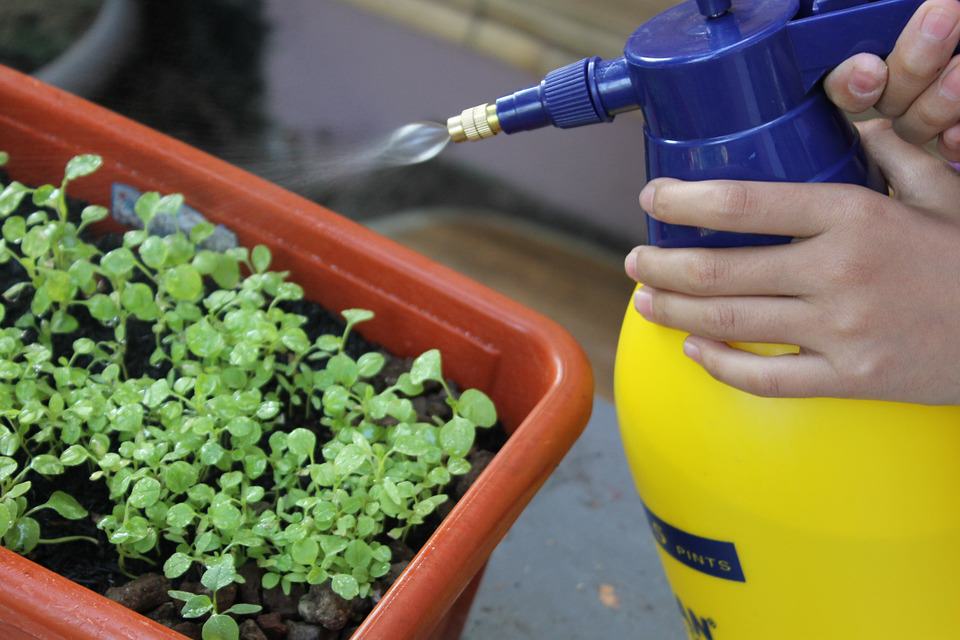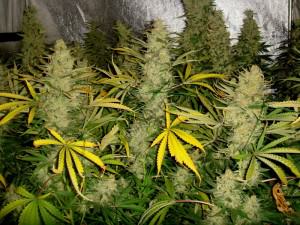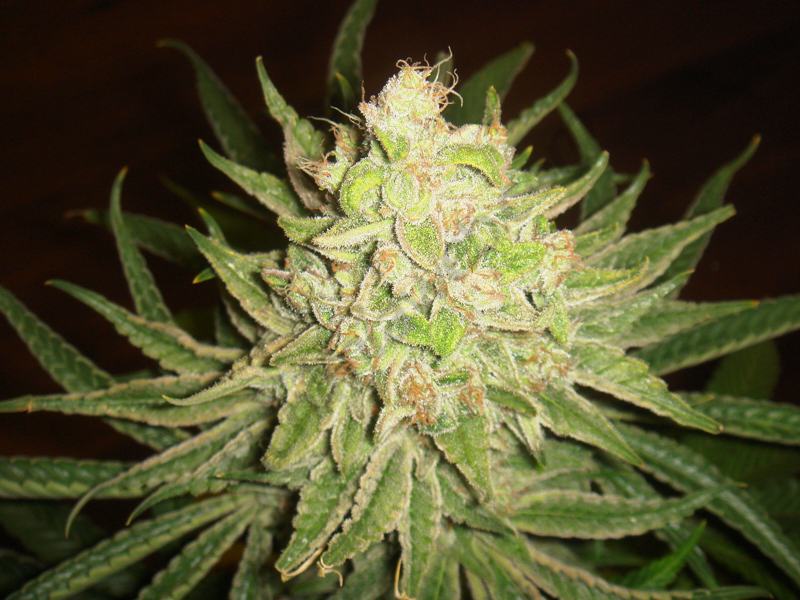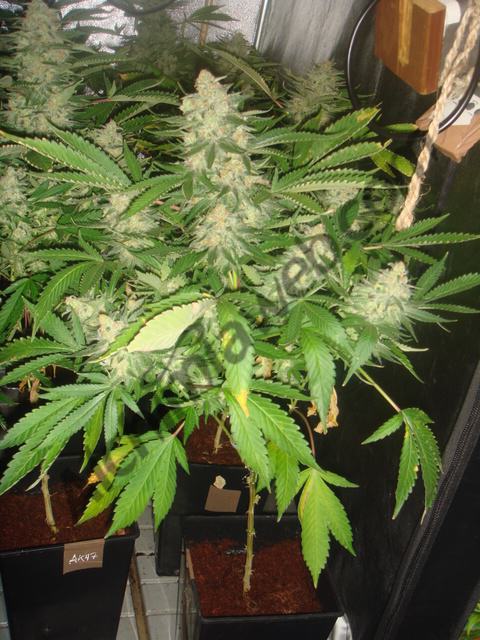Nutrients for growing cannabis plants in soil
List of contents
- How to use fertilisers and additives for growing cannabis?
- Nutrients, Stimulants, PK Boosters...
- What does the NPK specification of fertilisers mean?
- When to use fertilisers for growing cannabis in soil?
- How to dose nutrients for cannabis?
- Nutrients for the stretch phase at the beginning of the flowering period
- Is it possible to use different fertiliser ranges together in the same cannabis crop?
- Organic or mineral fertilisers for growing cannabis in soil?
- How to keep and store fertilisers?
How to use fertilisers and additives for growing cannabis?
Just as humans require an appropriate and balanced diet,< our plants need it too and this nutrition should be provided regularly and in a balanced way both in terms of quantity and quality. Normally, the fertilisers for cannabis plants are available in either liquid or solid format.
Today we are going to tell you how to use these plant nutrients in the best possible way in order to have healthy plants in soil, with awesome results, and without nutrient imbalances of any kind.
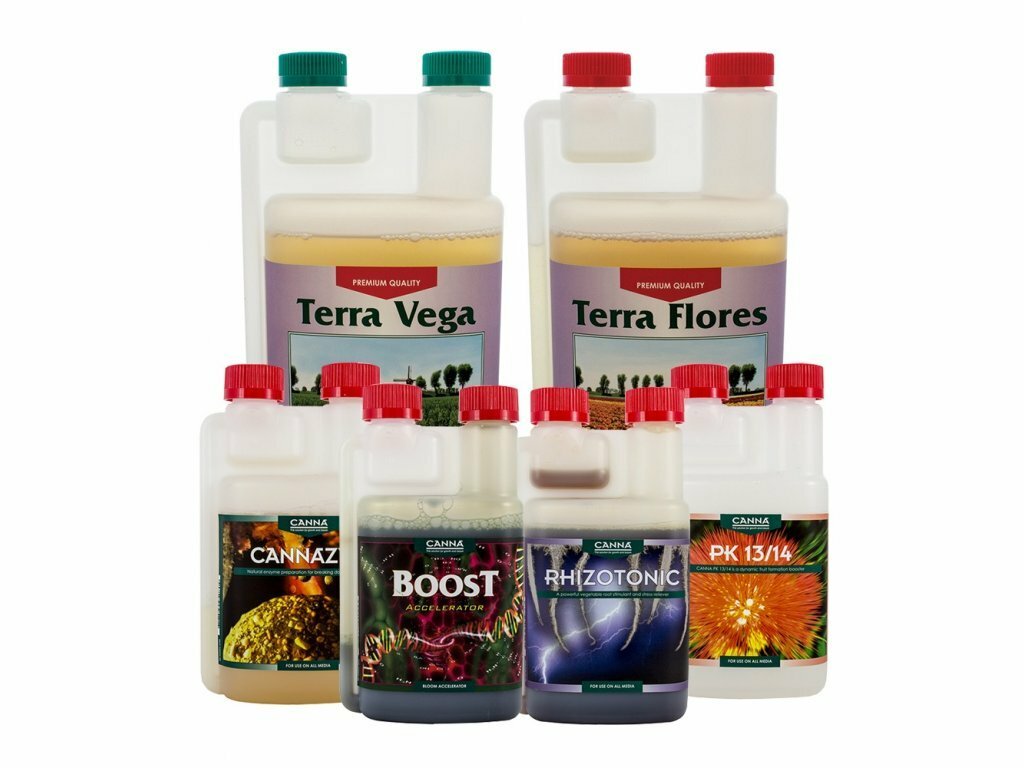
Nutrients, Stimulants, PK Boosters...
There are several products formulated for growing cannabis plants that can be classified into different categories:
- Base nutrients, that contain NPK macroelements (nitrogen, phosphorus, and potassium), microelements (calcium, magnesium), and all the trace elements needed (iron, zinc, etc...) in appropriate amounts. Generally, these nutrients are available as fertilisers for the growth phase, (rich in nitrogen N) or the flowering phase, although there are also several combinations for the entire life cycle of the plant, for example, the Fast Food fertiliser from B.A.C.
- Organic stimulants, which are composed of vitamins, amino acids, seaweed or plant extracts, humic or/and fulvic acids... These products contain little or no nutrients but will stimulate the plants' metabolism and improve nutrient uptake. For example, a root stimulant will improve root development, while a bloom booster will encourage proper bud formation.
- PK Boosters are used to enhance the explosive growth of the buds in the fattening stage (around the 5th week of flowering ). These products contain large amounts of phosphorus (P) and potassium (K), the two most important elements for flowering plants, in directly assimilable mineral form. In this way, bloom boosters don?t contain nitrogen and trace elements, but they can be used as a base nutrient once the plants are in full bloom.
- Solid fertilisers are usually nutrients in natural, solid, and slow-releasing form that can be mixed with the soil before its use: Vermicompost, guano, ashes, seaweed?the more fertilisers of this kind we use, the richer will be the soil, so you won't have to use liquid nutrients to correct deficiencies. However, take care not to overfeed the plants with too many nutrients, especially seedlings or cuttings. Fresh animal manure is not recommended because it is highly concentrated.

What does the NPK specification of fertilisers mean?
Normally, each fertiliser bottle features the NPK specification on its label, 3 letters followed by 3 numbers. These letters correspond to the 3 main nutrients for plants: Nitrogen (N), Phosphorus (P) and Potassium (K).
The numbers next to them correspond to the content proportion of these elements between them, for example:
- A fertiliser with an NPK of 4/2/3 contains more nitrogen than phosphorus and potassium, and is suitable to be used during the growth phase of cannabis plants.
- A fertiliser with an NPK of 2/3/4 contains more phosphorus and potassium than nitrogen and is suitable to be used during for cannabis plants in flower.
It?s important to understand that these numbers correspond to a proportion and not really an exact percentage, so the nutrient solution may change depending on the product or brand used. Moreover, the NPK specification isn?t the same in all countries and changes regularly, for this reason, the labels of the nutrients need to be continuously updated.
Thus, it will be useless to choose a product with the highest NPK ratio; it?s a useful indication to know if a product contains NPK and in what proportions it does in order to dose them properly according to the stage of the plant life.
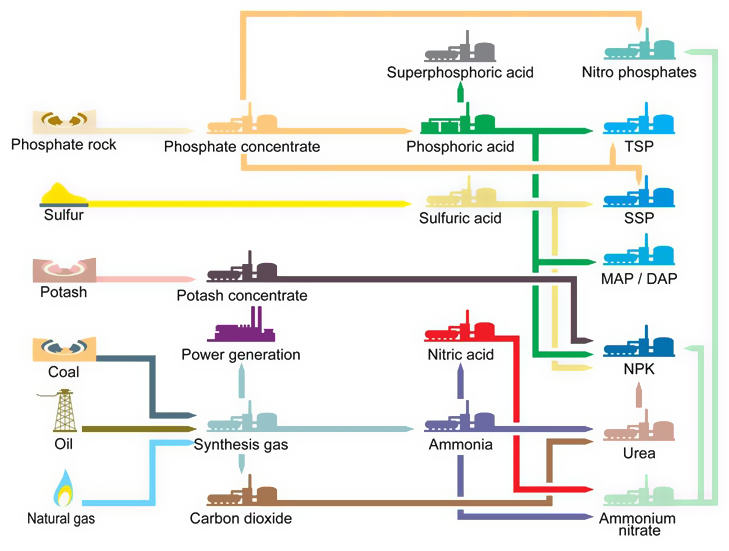
When to use fertilisers for growing cannabis in soil?
The use and dosage of the nutrients will vary depending on the stage of life that the plants find themselves in, and also on the growing media being used. Logically, smaller plants need lower amounts of nutrients, while bigger plants need higher quantities of fertiliser.
The soil normally contains a certain amount of nutrients, meaning that you will need to wait a few weeks before any additional liquid nutrients are required:
- Approximately 7 to 10 days after the transplant (or germination) in a lightly-fertilised soil (Light Mix)
- Approximately 2 to 3 weeks after the transplant (or germination) in richer soils (All-Mix or BioCanna)
Getting amazing results in small plant pots without the help of liquid nutrients is almost impossible, so in this case, you should regularly use liquid fertilisers to feed the plants in order to avoid nutrient deficiencies.
Liquid nutrients (and PK boosters) are sometimes added in each watering or can be used alternatively with just water or base nutrients. Using just water (or water and enzymes) works great to avoid salt accumulations in the substrate, diluting the unused nutrients.
Fertilisers are usually absorbed through the root system. Exceptionally, and especially during the growth period, foliar fertilisers can be also used to rapidly correct some deficiencies or imbalances, but are normally avoided since the plants tend to develop roots much more slowly when they are fed through their leaves.
Foliar spraying and cannabis
At some point almost all cannabis cultivators will need to apply a foliar spray of one kind or another to their plants. They could be in need of a fungicide or an insecticide; or maybe want to fertilise, to correct a nutrient deficiency or just give plants a boost. Whatever the reason, we think it's worth doing the job properly, and in this post we’ll outline some basic measures to take every time to make sure we get the best possible results and avoid damaging our plants.
Organic stimulants contain little or no NPK, so they can be used in each watering and/or via foliar before the flowering stage begins. As occurs with vitamins for cannabis plants, they are assimilated more quickly by the leaves than by the roots.
How to dose nutrients for cannabis?
Manufacturers of nutrients for plants usually have feeding schedules or nutrition plans for their products that can be found in most grow shops and also online. These nutrition programs are guidelines, so you will have to adapt them for each plant or variety, given that each individual has different nutritional needs and root development. Thus, dosages can vary depending on crop conditions, strain(s) grown, etc. Overfeeding the plants can turn into a major problem, so it's always better to start with low doses and gradually increase them as necessary.
As a general rule, we recommend gradually increasing the dosage of nutrients, going from less to more.
- Start with a low dosage (seedlings and rooted clones)
- Progressively increase the amount of nutrients each week
- Then gradually decrease the dosage until the product is no longer needed
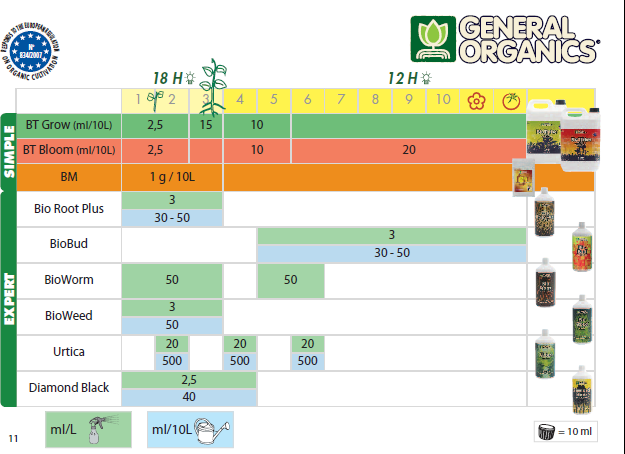
In any case, the most important thing is to observe the plants in order to quickly identify possible signs of excesses or deficiencies. These are described in detail in our series of articles about cannabis plant nutrition. Being attentive and reacting to the needs of the plants is always more efficient than blindly following a feeding schedule.
Nutrients for the stretch phase at the beginning of the flowering period
Using growth nutrients during the vegetative period and bloom nutrients for the flowering stage seems logical, but nutrient management can be a bit tricky during the first 2 weeks of flowering, a period known as "the stretch". At this point, the plants' nitrogen requirements are at their peak, so it?s important to continue using growth nutrients for approximately 10 to 15 days after switching the photoperiod to 12/12. A common technique is to use both growth and bloom nutrients at the same time (each at half dose) until the end of the stretch period.
If you start using bloom nutrients from the change to 12/12, your plants will quickly use up their nitrogen reserves, which will lead to a yellowing of the leaves in the lower part of the plants. Once the plants are in full bloom it?s very difficult to correct this nitrogen deficiency, which can lead to lower yields.
Is it possible to use different fertiliser ranges together in the same cannabis crop?
It isn?t advisable to mix different brands of fertiliser and additives for the cultivation of cannabis, in fact, products within the same range are formulated to act in synergy with each other. These products should be used in the same irrigation water/tank, adding them one after other, and stirring the water well every time you add fertiliser. Never mix products together in their pure, undiluted form (without water).
However, it is possible to use products from different ranges, but it is necessary to know the exact composition of each product, to avoid any risk of duplicating the nutrients or potential incompatibilities between them. In case of doubt concerning the association of different products in our catalogue, don?t hesitate to check it with us.
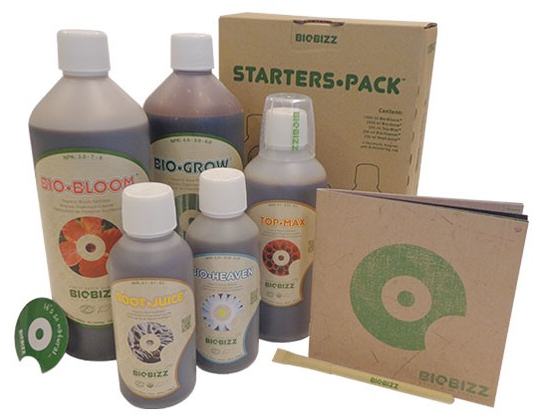
Organic or mineral fertilisers for growing cannabis in soil?
Both types of nutrients are very efficient, but for growing in soil, we generally advise the use of organic fertilisers, which contributes to higher-quality flavour, thanks to the rich content in sugars, organic and humic acids and other natural ingredients very highly appreciated by the cannabis plant.
Organic nutrients are sourced from the living world (vegetable or animal), while mineral nutrients come from the chemical industry, or from the mining of veins of phosphate or potassium.
The main difference in use between the organic nutrients (bio) and the mineral nutrients (chemicals), is that the organic nutrients firstly need to be decomposed by the microbial life in the soil, transforming them into minerals that the plant can uptake, while the mineral nutrients are salt compounds that can be directly absorbed by the plant, without passing through the microbial process.
There are also ranges of bio-mineral nutrients, which are composed of both organic and mineral nutrient ingredients. This is more due to business reasons than any real innovation.
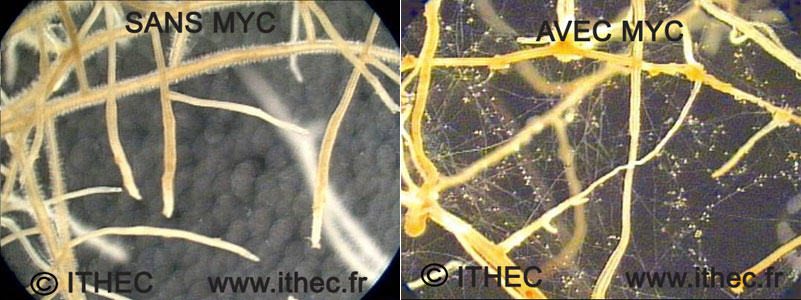
Mineral nutrients are assimilated faster than organic nutrients which are released more slowly. With regard to their performance, if these two fertiliser types are properly used, both can provide excellent results.
To get the maximum efficiency from fertilisers, organic nutrients can be accompanied by the addition of beneficial microbial life. This will significantly increase the nutrient assimilation of the roots, protecting them against attacks by pathogenic bacteria and fungi.
How to keep and store fertilisers?
Organic products, once opened, should be kept preferably in the fridge, so that they can be preserved for a few months without spoiling. When organic nutrients are added to the irrigation water, the resulting nutrient solution should be used immediately given that, once mixed, the product will not remain in good condition for very long.
Mineral products can be stored at ambient temperature, out of direct light. Once diluted in the irrigation water, this solution can be kept for a few days.
In either case (organic or mineral), if you notice that the smell or texture of a product has changed, it shouldn?t be used. These products can become toxic, and will certainly have lost their nutritious efficiency. Mineral nutrients can concentrate within their packaging, forming crystals. If this is the case, we will have to shake the bottle vigorously to try to dilute them.
In fact, it is important to always shake each product well before every use, so that the ingredients are mixed uniformly. It?s preferable to use a different graduated pipette or syringe for each bottle, avoiding cross-contamination between products.


















































